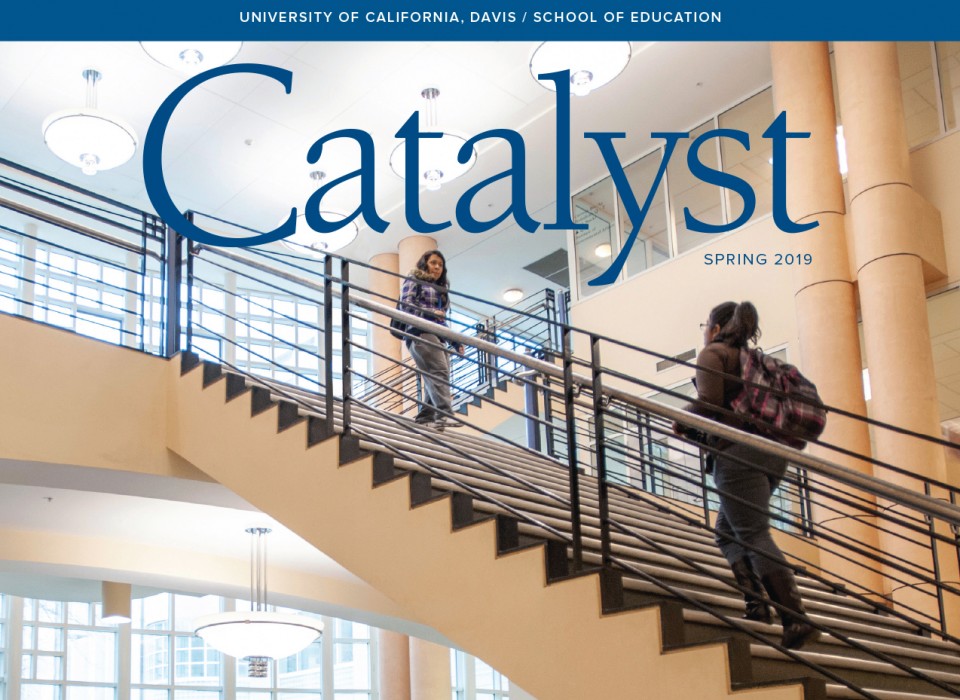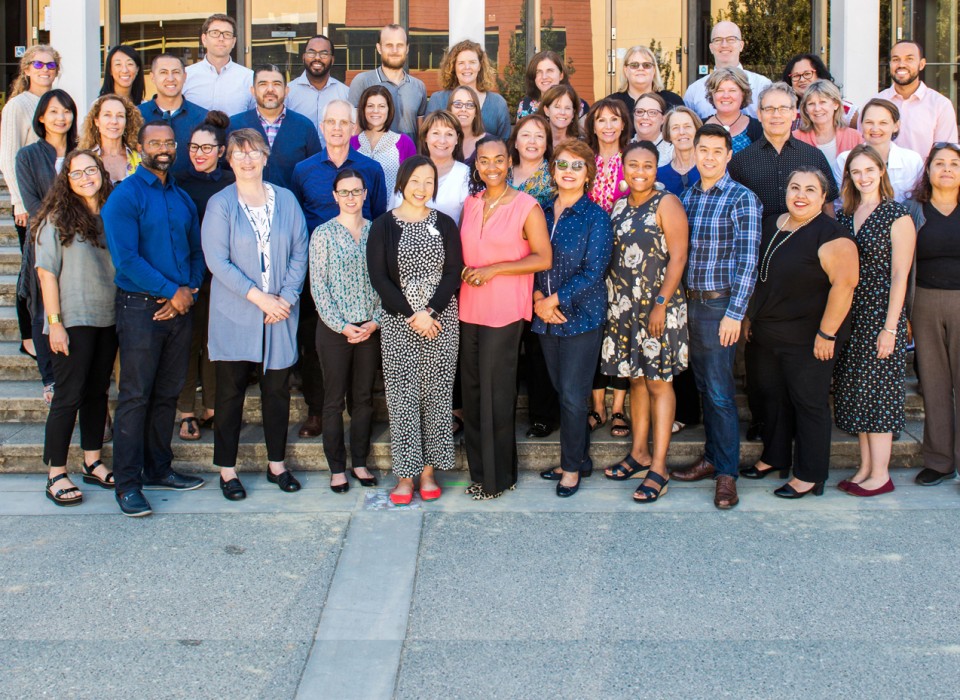Studying Tyrosine Sulfation as a Model for Cellular Response Activation
Student Name: Nikhil Kotha
UCD Department: Neurology, Physiology and Behavior
UCD Mentor: Dr. Grace Rosenquist
Some viruses have a special family of proteins (GPCRs) on their coat which sense specific molecules and bind to them thus activating a response inside the cell. Tyrosine sulfation is a modification to a tyrosine amino acid in the DNA sequence which strengthens this interaction between the protein and its target. As part of the Physiology Department at UC Davis and under the guidance of Dr. Grace Rosenquist, I am using methods such as 3-D modeling, programming, DNA sequence alignment, and an algorithm matrix in order to find the probability of a tyrosine amino acid, in the DNA sequence that codes for this protein, being sulfated and the importance and function of this protein. If a tyrosine site in a protein sequence has a high chance of being sulfated, this means that the protein and consequently the virus strength are being enhanced by tyrosine sulfation. I am investigating over 5 different viruses for identifying and pinpointing this phenomenon and future applications of my research involve potential drug research and development in order to stop tyrosine sulfation at the specific place where it happens and thus inhibit the virus from doing any further damage!








